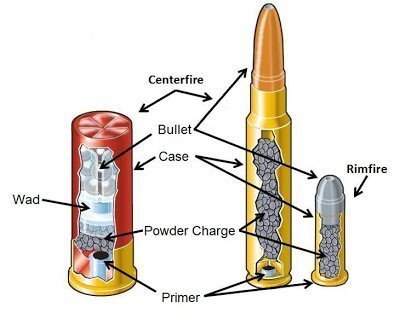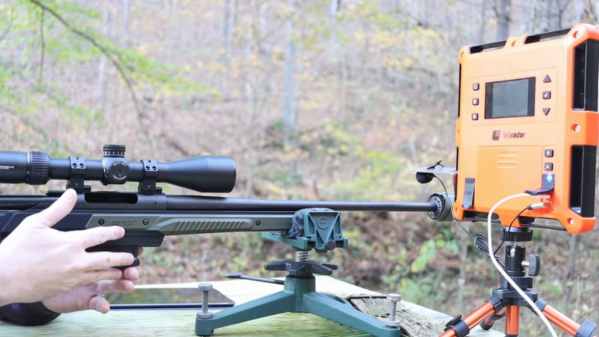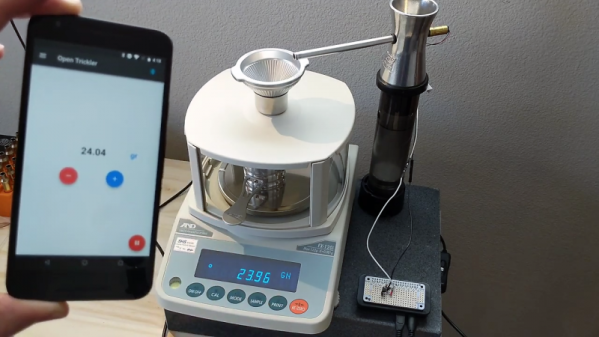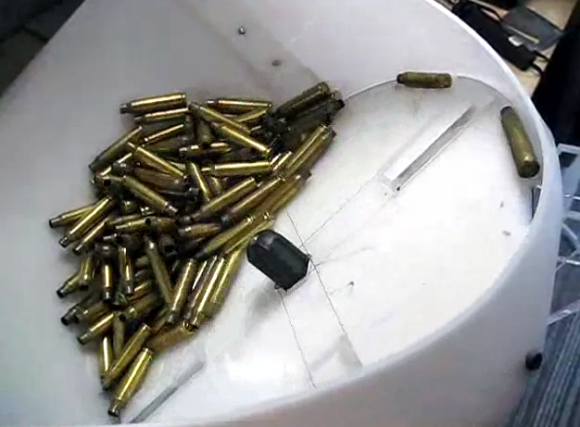The last time we visited the Hackaday shooting range we were all psyched up to get the right posture, breathe correctly, lower our heart rates and squeeze the trigger at exactly the right moment that the wandering cross hairs align with the target ……. and lastly accommodate the inevitable recoil. But never did we think to check the temperature of our ammo! Ok, temperatures aren’t likely to vary that much there unless the range cat chooses to lay down on top of the ammo box, but out in the wilderness the temperatures can easily vary by up to 30 degrees, which would certainly be a problem.
 If we take a quick look at what’s happening on Johnny’s Reloading Bench we get an in depth comparison of different powders at different temperatures, with data being collected via a bullet velocity radar. If nothing else, it’s interesting just to get a peep into the mysterious world of ‘Reloading’ where every one of the tiny kernels or ‘balls’ of powder make a difference and different powders require particular primers to make them burn properly.
If we take a quick look at what’s happening on Johnny’s Reloading Bench we get an in depth comparison of different powders at different temperatures, with data being collected via a bullet velocity radar. If nothing else, it’s interesting just to get a peep into the mysterious world of ‘Reloading’ where every one of the tiny kernels or ‘balls’ of powder make a difference and different powders require particular primers to make them burn properly.
Just to make it clear, bullet speed makes a big difference to the trajectory, especially at long distances. For example, if the bullet were to travel at close to the speed of light, there would be almost no trajectory at all and the shooter would not have to adjust the vertical aim for distance. Normally, we have to aim upwards to hit the target:

It may be that we ‘zero in’ our sights at room temperature, but then end up actually shooting the firearm on a cold, frosty morning with cold ammo, and given what we have now learnt from the video, we could now make a small adjustment for that eventuality, depending on the particular ammo we are using. Johnny’s video is after the break:
Continue reading “How Ammo Temperature Will Affect Shooting Accuracy”













